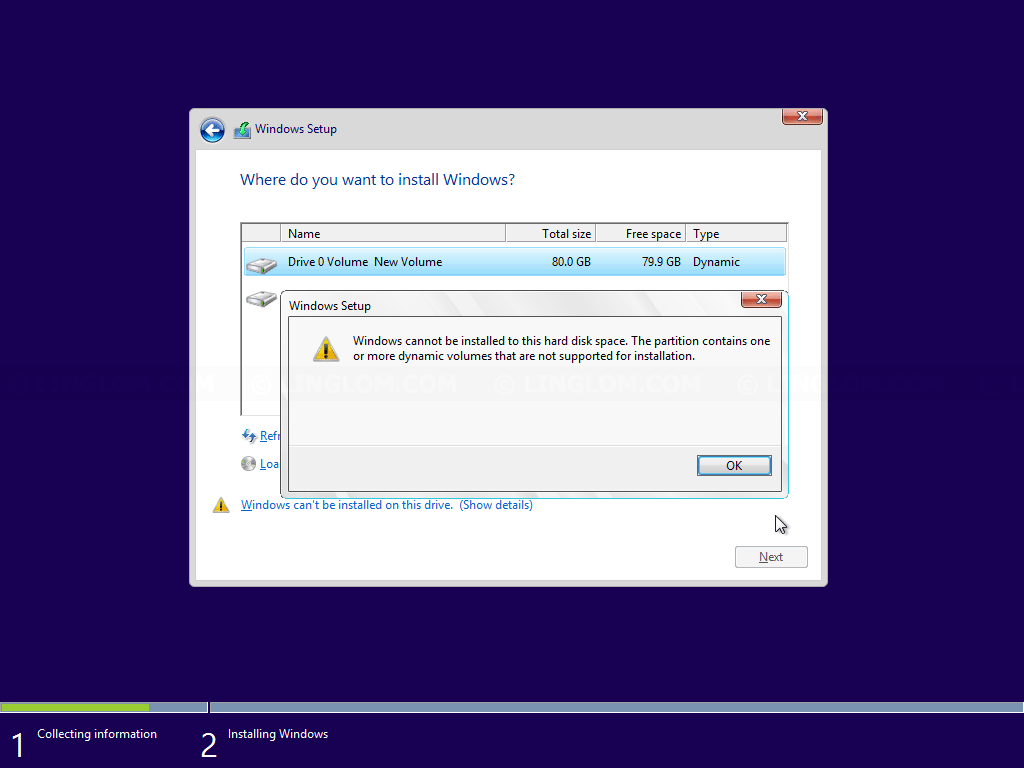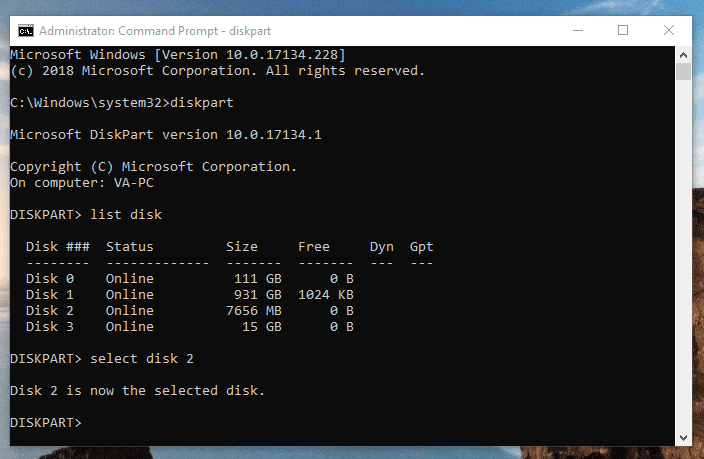


inf file that is needed for the device being installed in order to load Windows, as shown in Figure 7. See ( Figure 6 ).įigure 6: Navigating of the file system to locate the driver file location Use dir as necessary to see the contents of each folder.

Select Troubleshoot → Advanced Options → Command Prompt.Boot to the respective Dell Windows 11 or Windows 10 media and select your computer and keyboard languages to get to the Home screen.There, scroll to the "Create Windows 10 installation media" option and click "Download tool now.NOTE: The images below use the IRST driver as an example. Open the Download Windows 10 website in a browser. It shows up in a window labeled Windows 10 Setup and makes you wait while it gets a few things ready. It doesn't need to be blank, but note that any content on the drive will be erased during the setup.Ģ. Once that's done, you'll move them to the new computer. To get the Windows installation files ready, you'll need a Windows computer that's already set up and connected to the internet. You should also note that while Windows 10 is free to install, you'll need to pay for an activation key to unlock all of its features once you get it running. While internet access is generally not required for setup, in some rare cases (notably, Windows 10 in S mode), your computer needs a connection to the internet via Ethernet or Wi-Fi. Display: It should support at least 800圆00 pixels.Graphics chipset: It needs to be compatible with DirectX 9 or later, with WDDM 1.0 drivers.You'll need 20 GB or more for 64-bit Windows 10. Storage: 16 GB or more free space on your hard drive for the 32-bit version of Windows 10.RAM: At least 1 GB for the 32-bit version of Windows 10.If in doubt, here are the minimum system requirements you'll need:

Microsoft's system requirements for Windows 10 are fairly relaxed - you don't need a powerful computer to get it up and running. System requirements for installing Windows 10 All you'll need is a USB flash drive and another computer with access to the internet. These days, installing Windows 10 is simple. Installing Windows used to require putting the files on a CD or DVD. To install Windows 10, your PC will need at least a 1 GHz CPU, 1 GB of RAM, and 16 GB of hard drive space.Your USB flash drive will need to be 8GB or larger, and preferably should have no other files on it.You can install Windows 10 by downloading a copy of the installation files onto a USB flash drive.


 0 kommentar(er)
0 kommentar(er)
